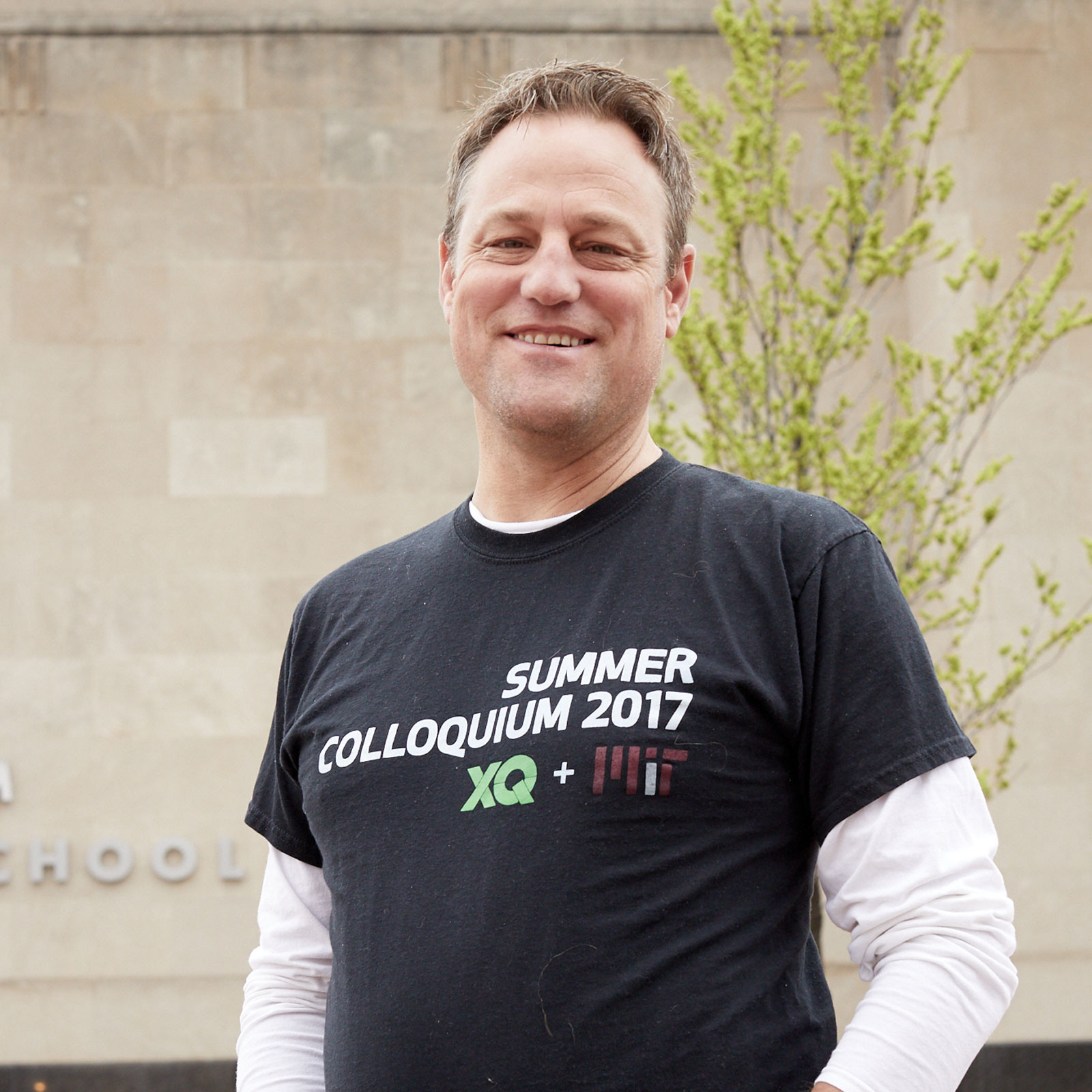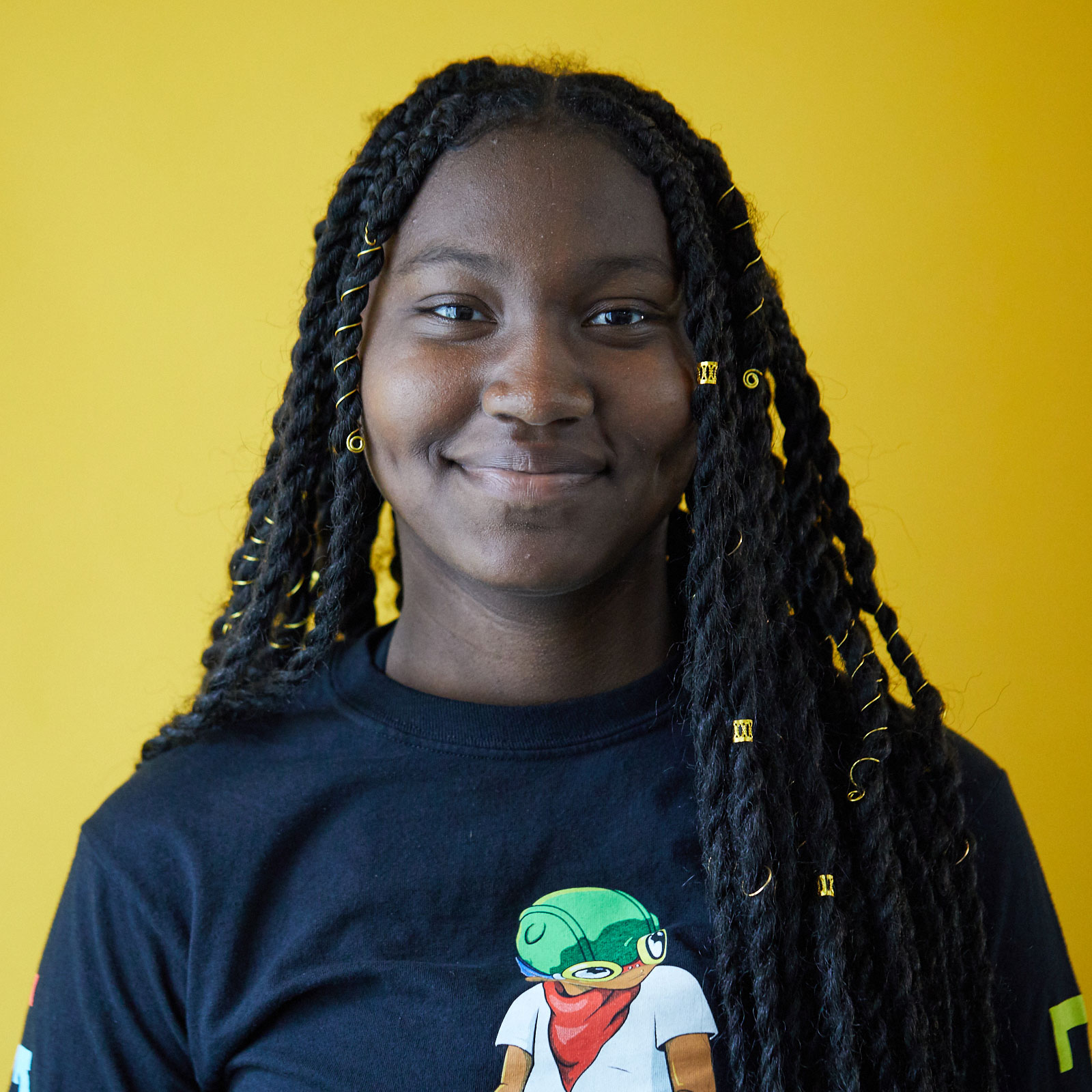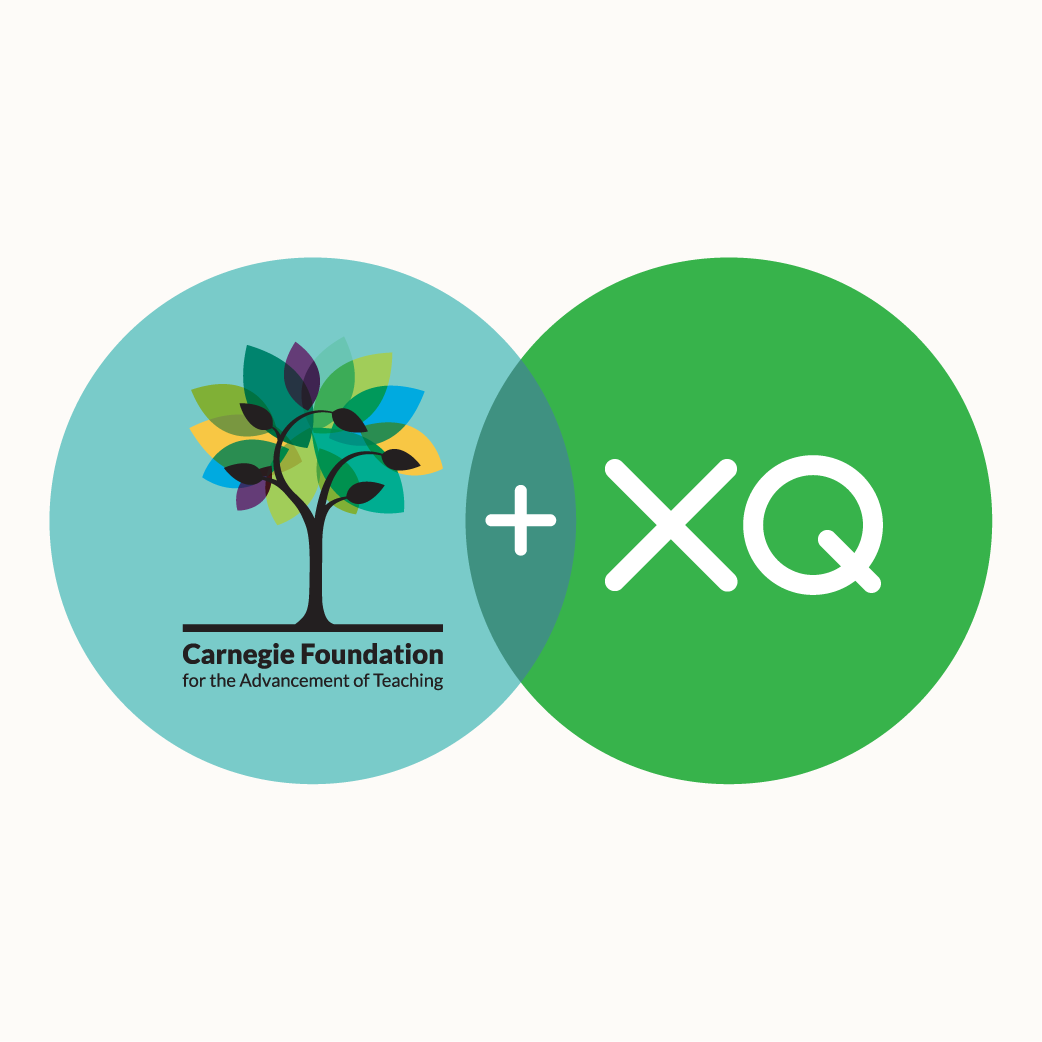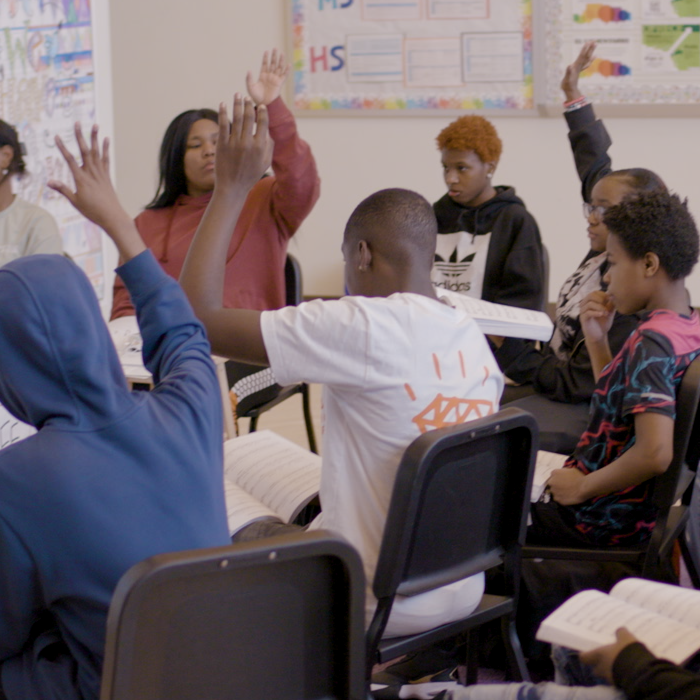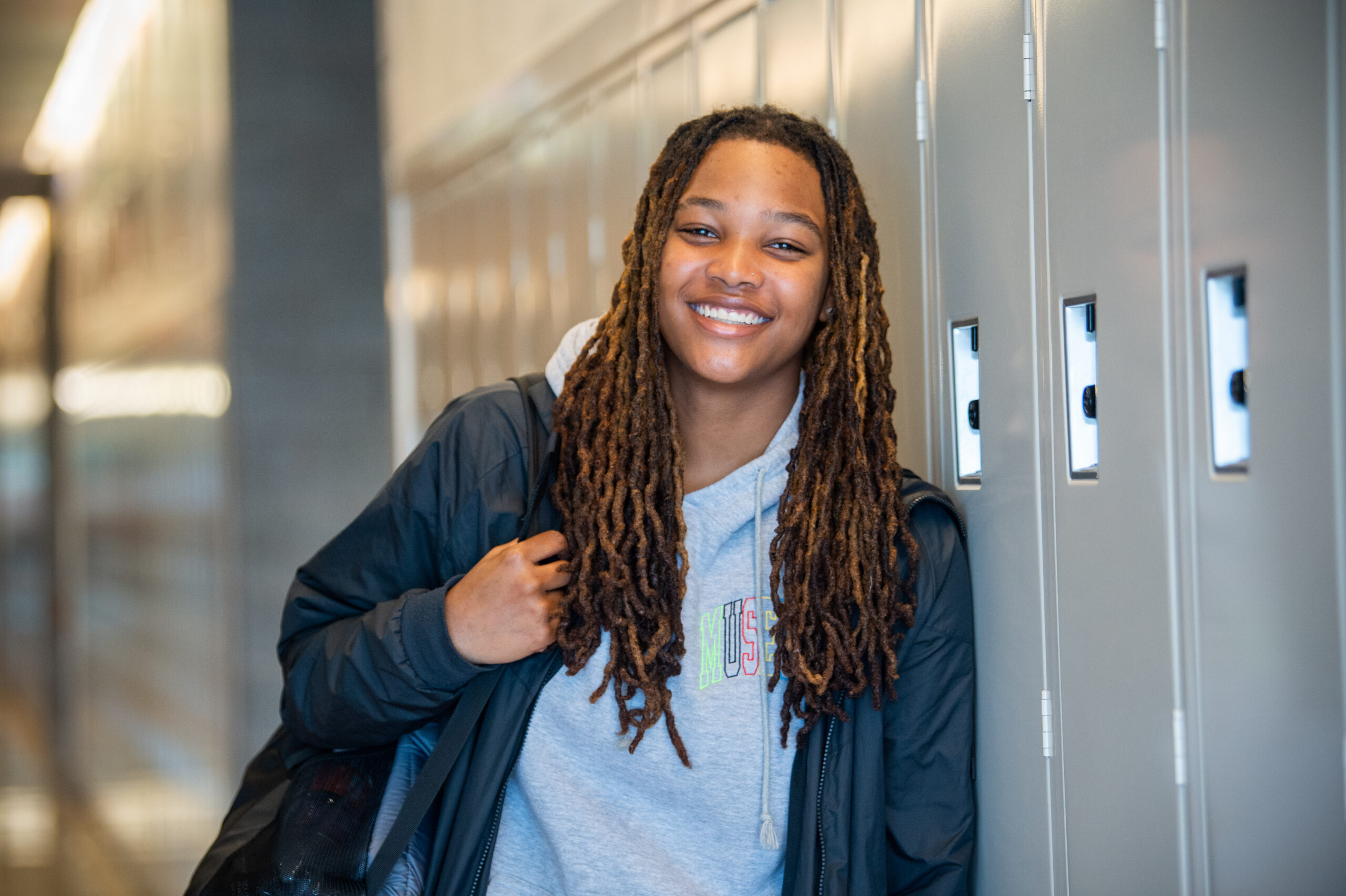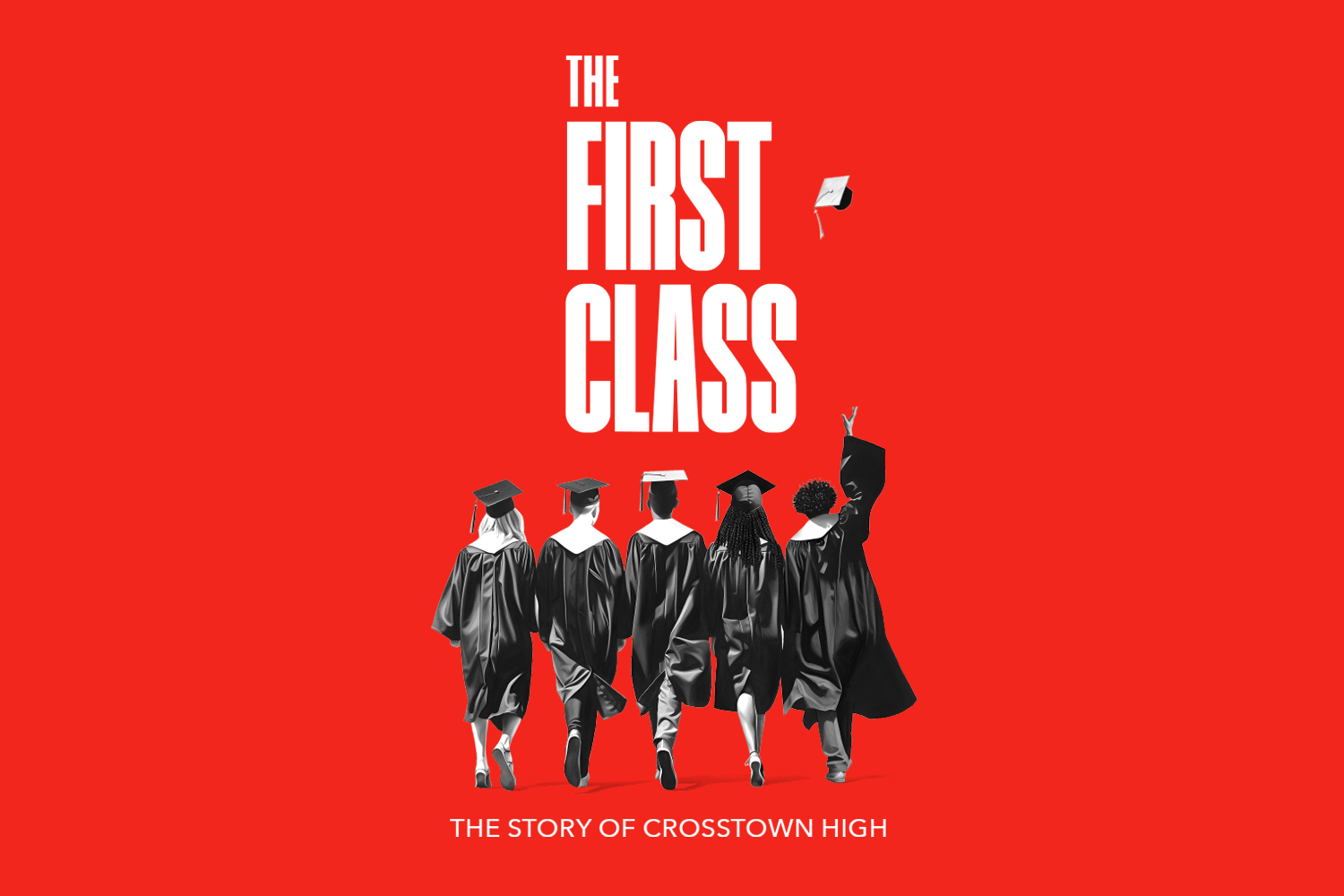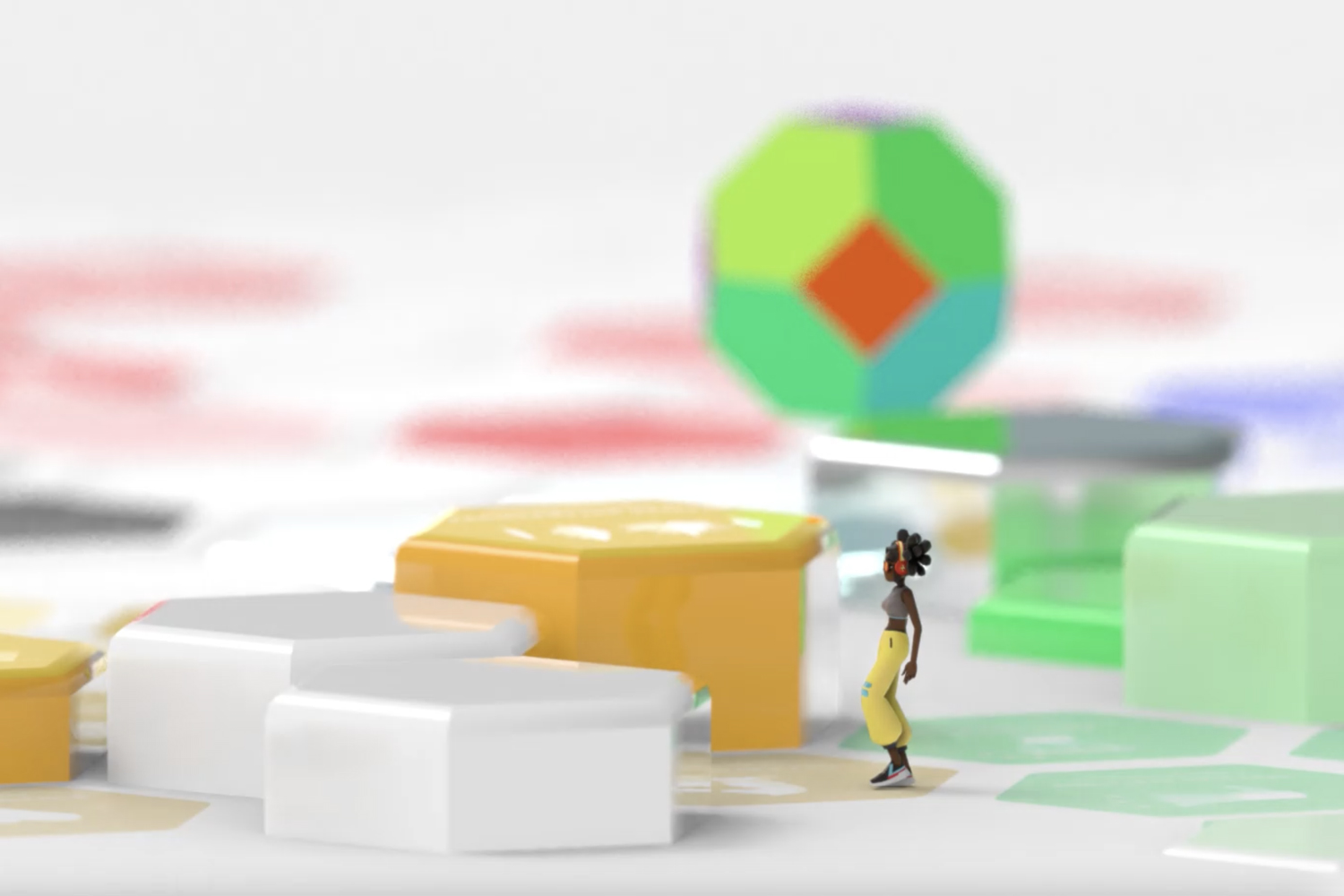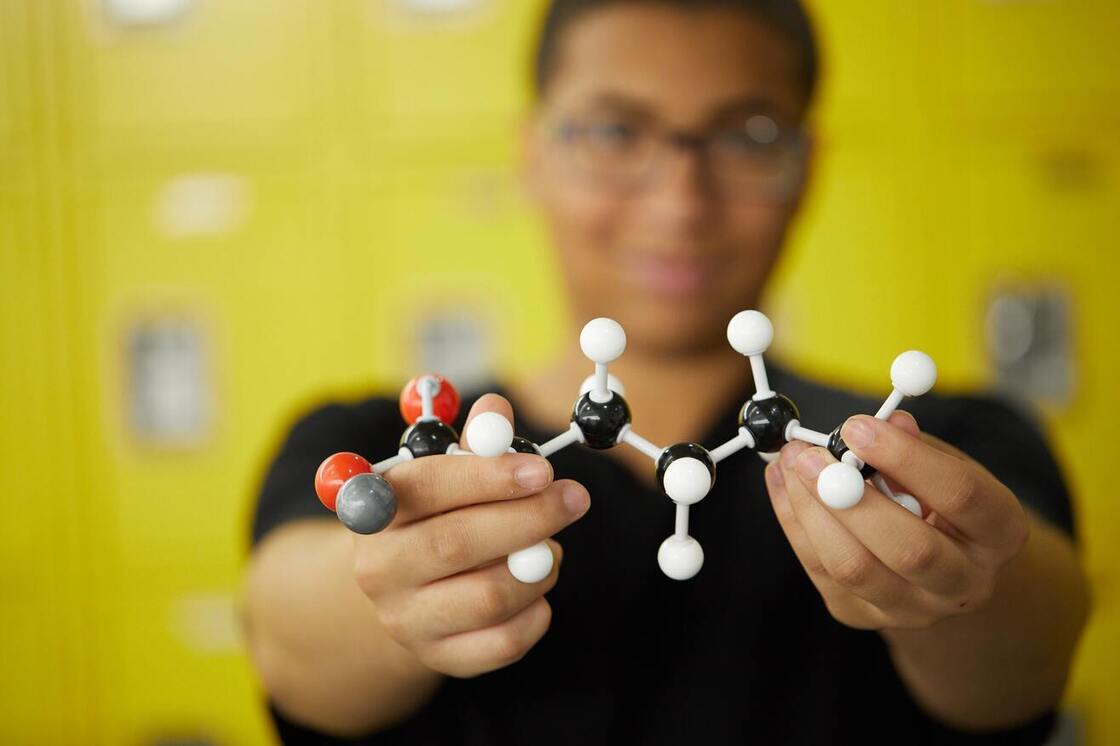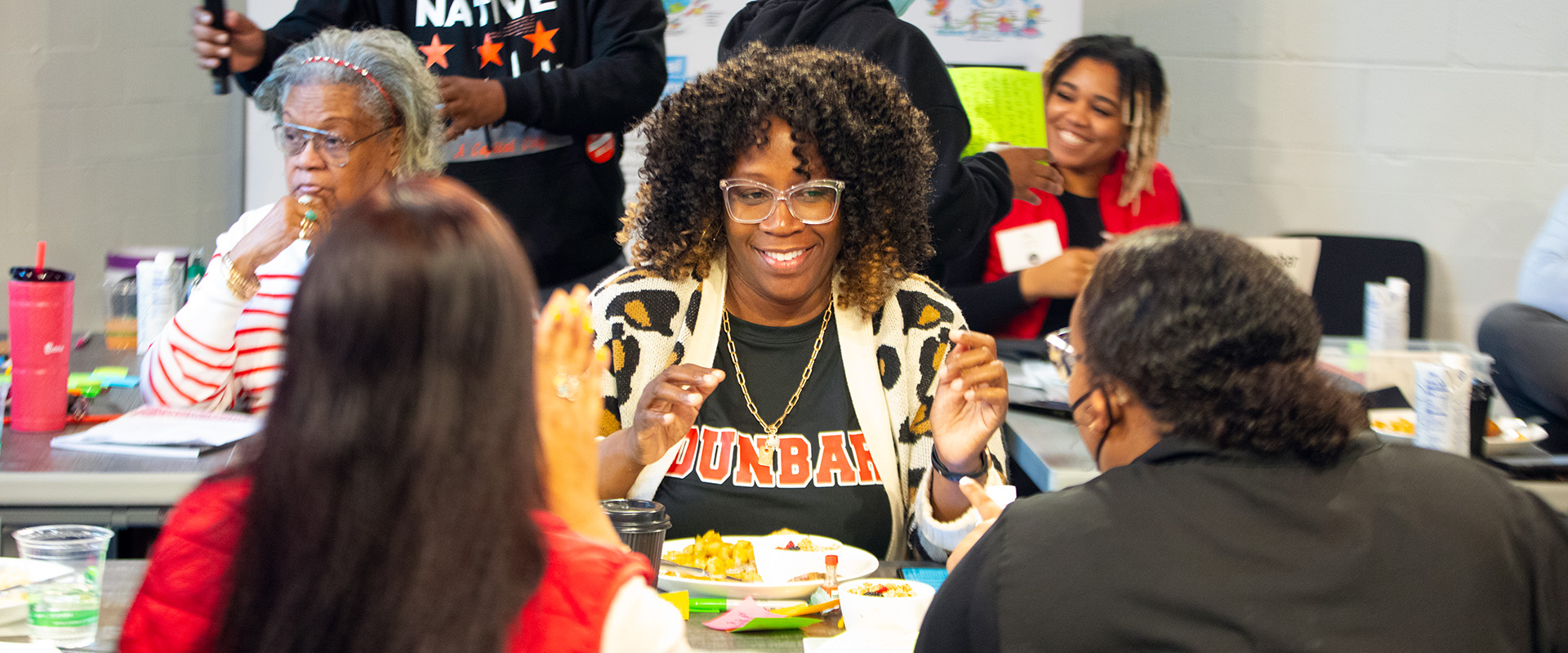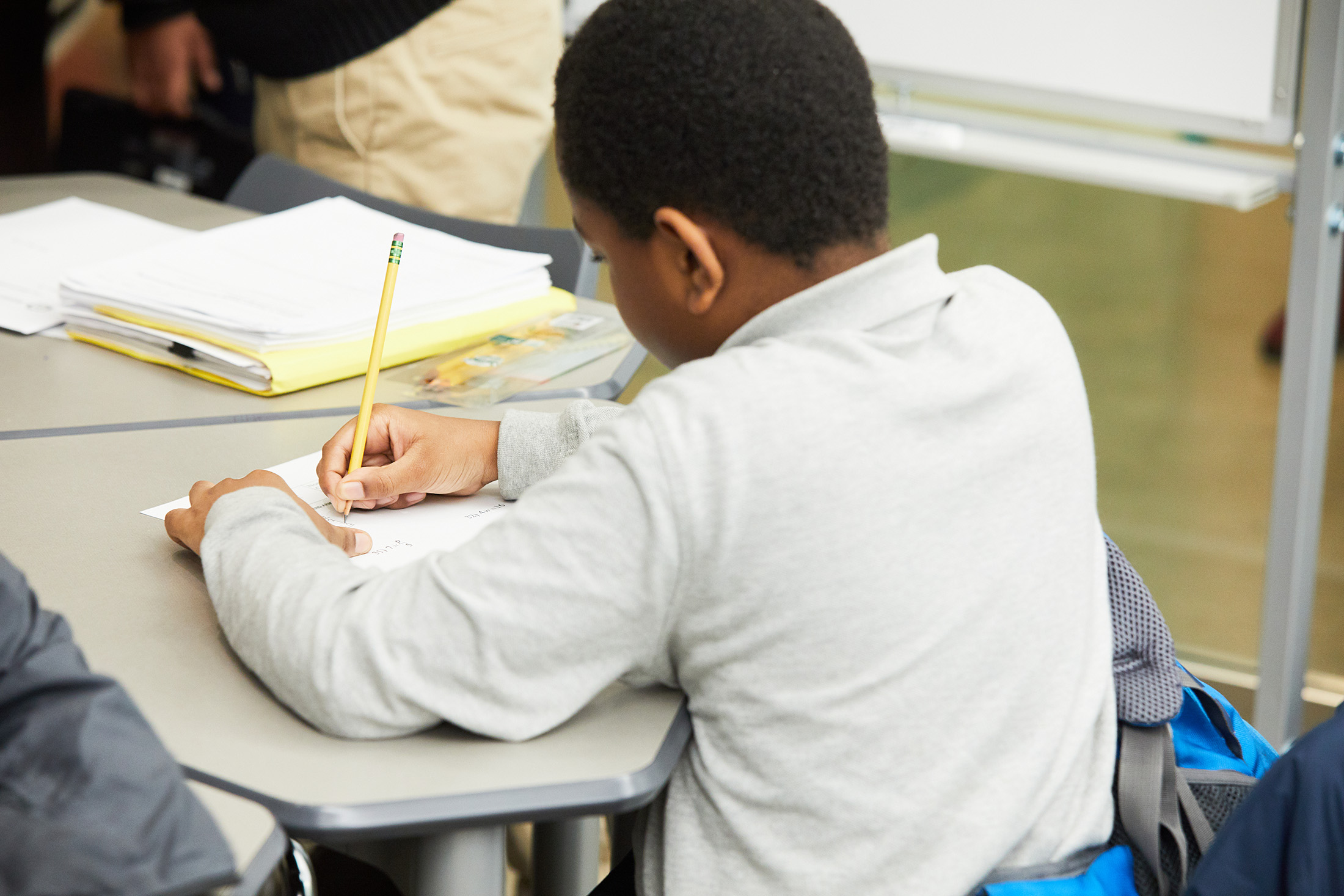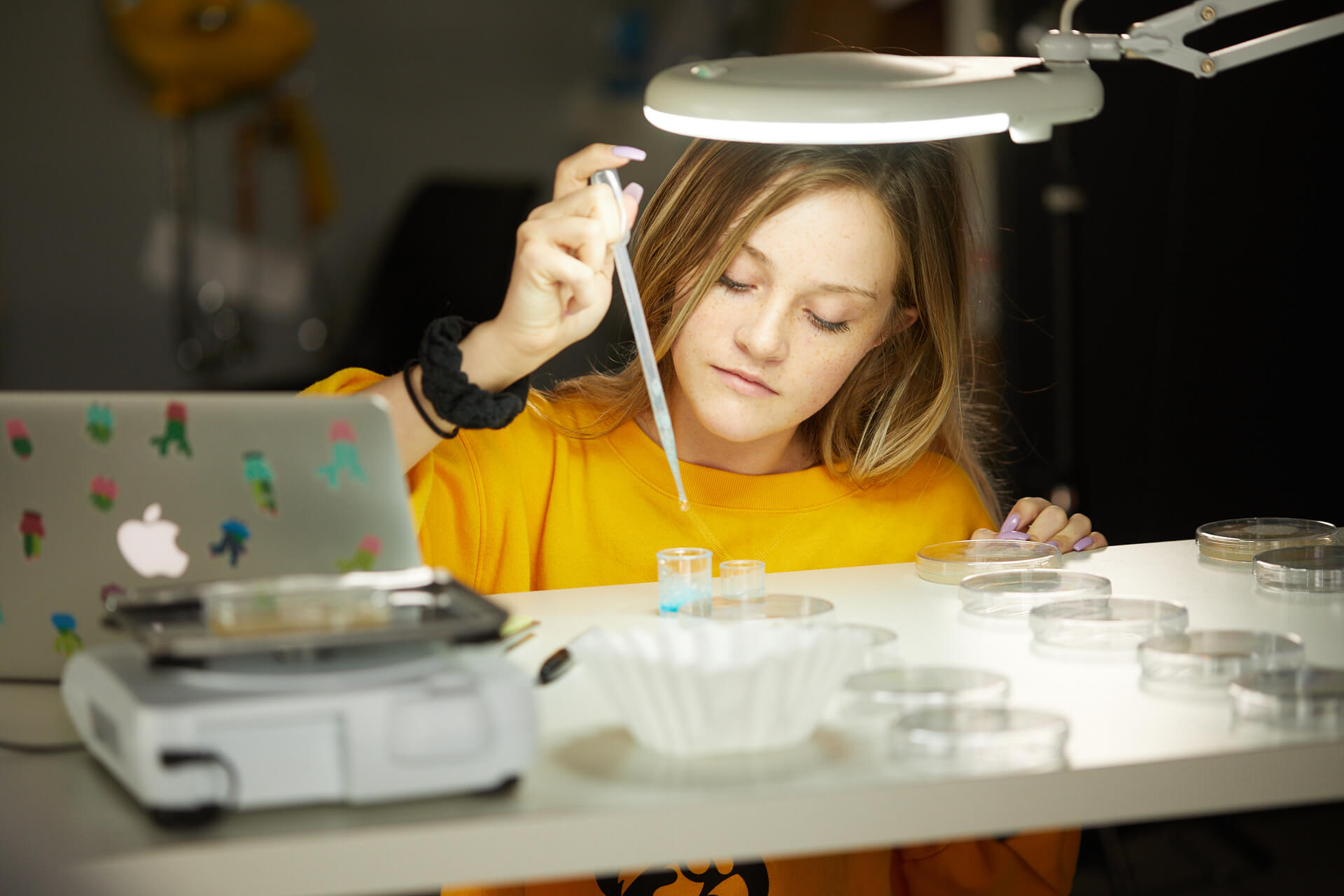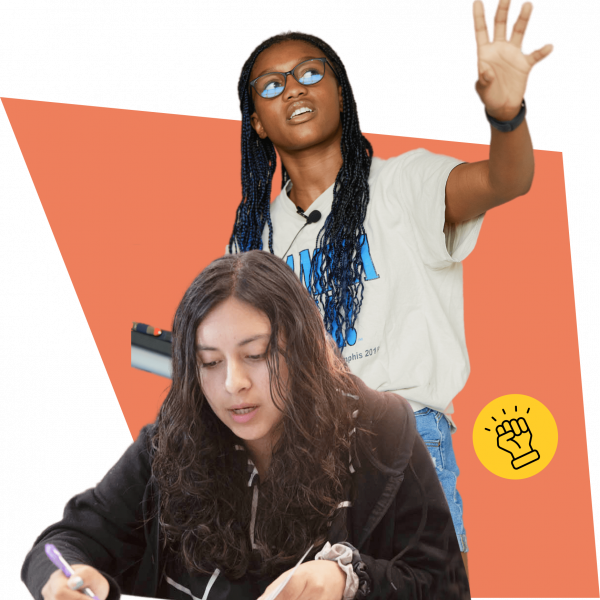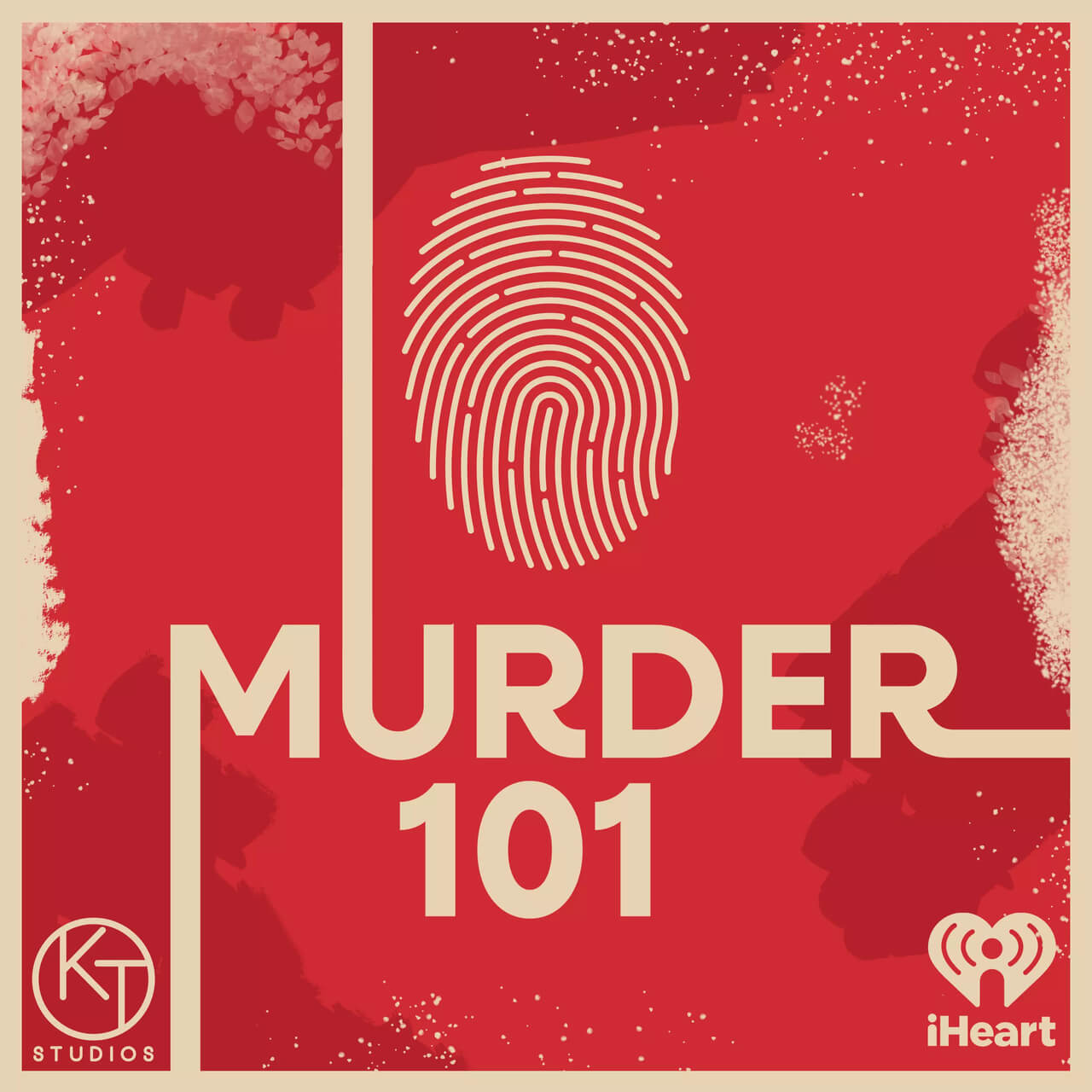Grand Rapids Public Museum School
Grand Rapids, Michigan
A school embedded
in community learning spaces.
Welcome to the Grand Rapids Public Museum School (GRPMS), an innovative high school in the Grand Rapids Public Schools district powered by place-based learning, where the community is the classroom. Located in a historic downtown building that once housed the western Michigan city’s revered museum and is still home to its archives, students use and explore more than 250,000 artifacts and current displays at the Grand Rapids Public Museum.
GRPMS students also learn from and work with community partners all over the city—from nonprofit groups to local scientists, artists, and businesses. As part of an ongoing city-wide commitment to education and innovation, GRPMS is the product of a collaboration between numerous stakeholders, including the school district, the museum, Kendall College of Art and Design, and Grand Valley State University. Its founders wanted to build on the success of the GRPMS middle school, housed inside the museum’s current home, and provide a similar approach to hands-on learning for students in grades 9-12.
GRPMS leaders are committed to being a driving force for education and revitalization in the community, believing that engaged learners are more likely to become engaged citizens. The high school graduated its first class in 2022 and serves about 300 students.
Design Principles in Action
Learn how GRPMS applies these XQ Design Principles to sustain student success:
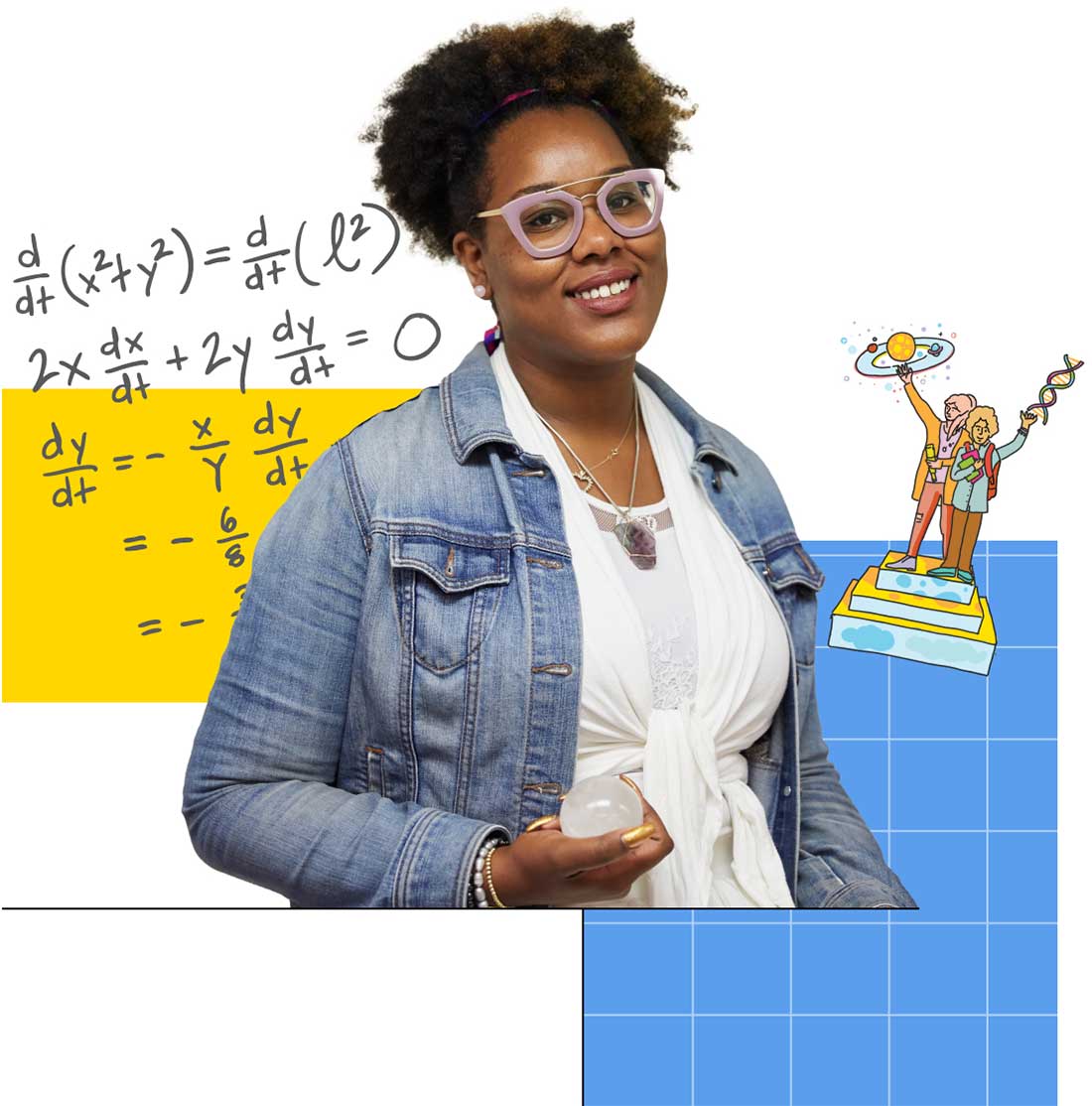
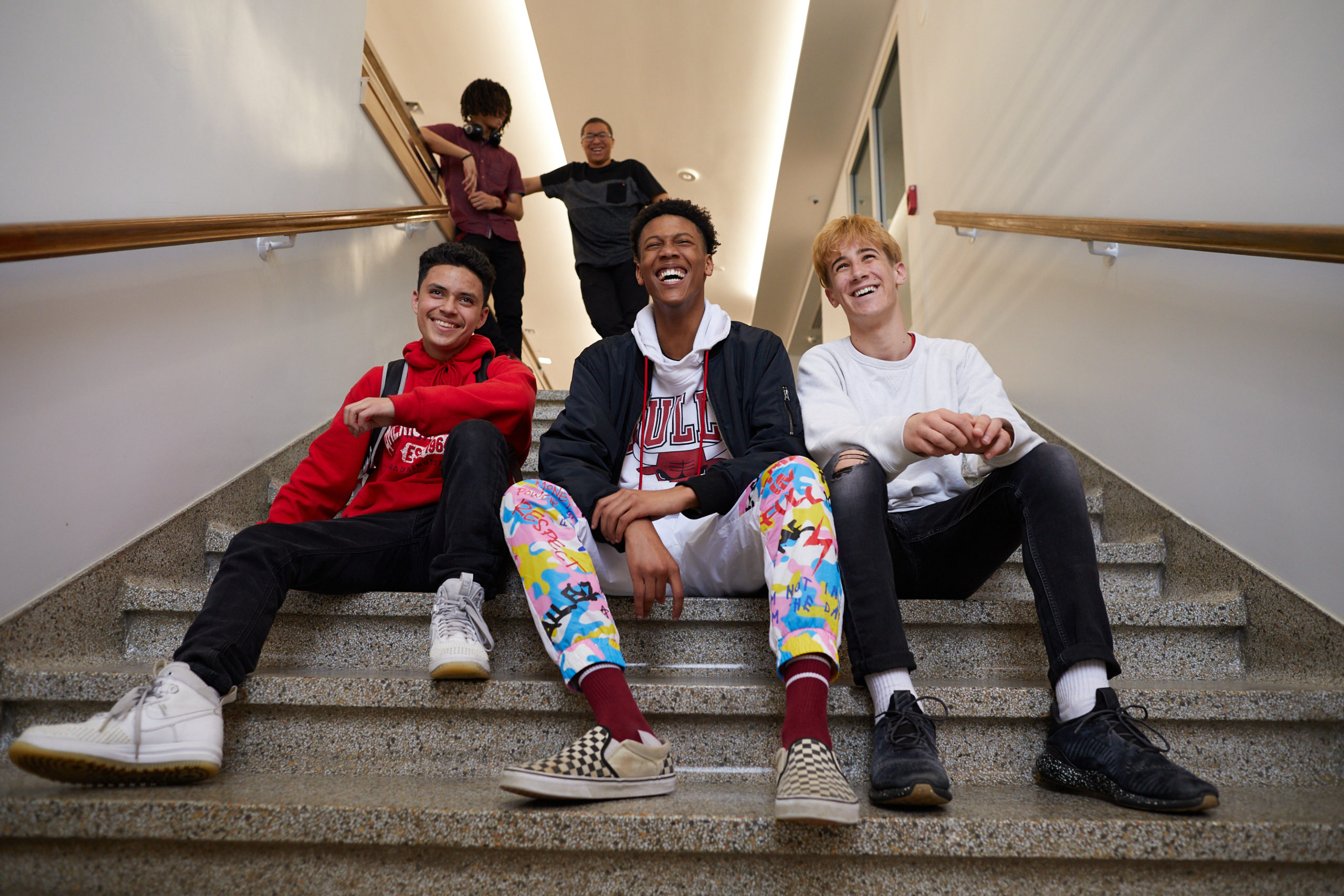
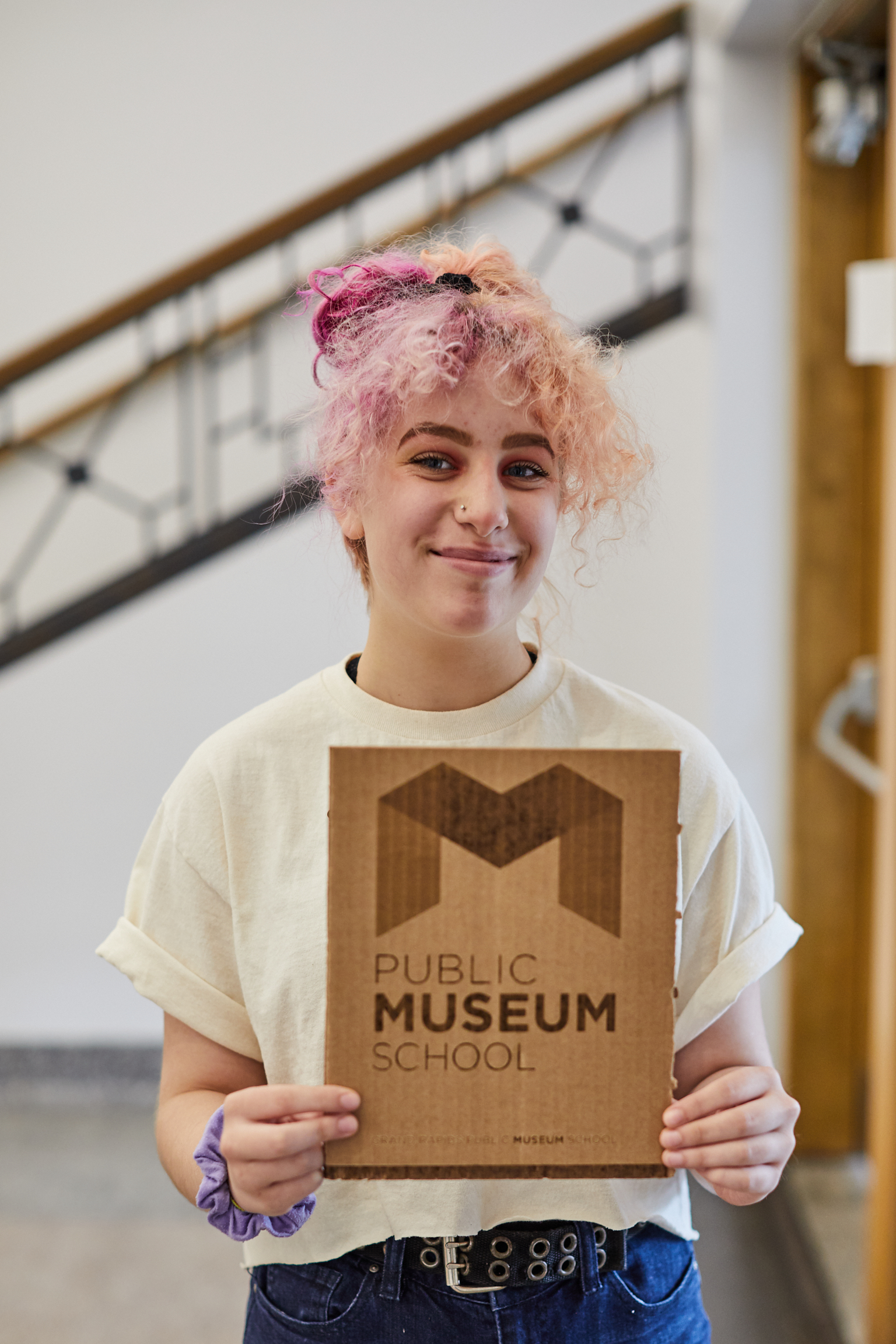
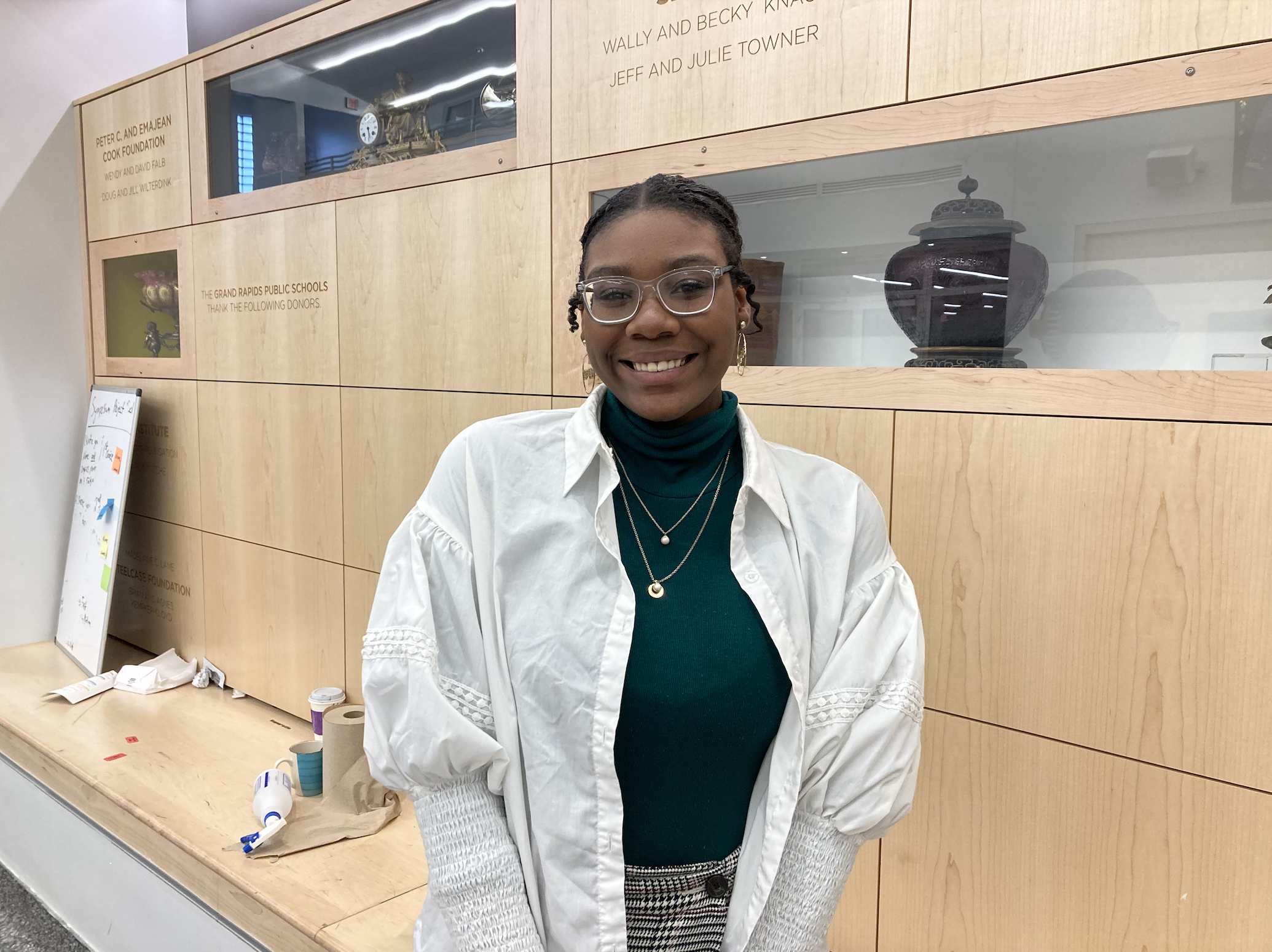
Strong mission and culture
Consistent with its theme as a public museum school, founding principal Chris Hanks said GRPMS’s mission centers on equity and access. “It’s a public school in public education,” he explained. “It has to be accessible to all.” All stakeholders share this mission as school leadership carefully collaborates with the district to promote unique learning models while fully empowering teachers to be the caretakers of student success. The school continues to iterate on its model, generating new curricula and schedules to ensure student success remains the core of its vision.
Meaningful, engaged learning
Student learning at GRPMS integrates subjects—the humanities, STEM, and various electives into blended thematic units. Through the lens of design thinking, students explore topics like sustainability and gentrification with community-driven projects that connect them deeply with local organizations. One Class of 2023 student, Farryn, wanted to make a garden as part of her senior year capstone project. She got the idea from a science module on city planning during her junior year. “They were saying, ‘Is our city sustainable?’ That made me think about infrastructure and architecture.” In addition, students also help museum staff collect, process, and curate new materials in a design lab where they play a role in designing and updating existing exhibits. In one research project, students had to identify an artifact in the archives not yet in the Grand Rapids Public Museum database. One student found a spacesuit from an Apollo mission, and another found a flapper dress from the 1920s. They also recorded interviews about the artifacts and created podcasts.
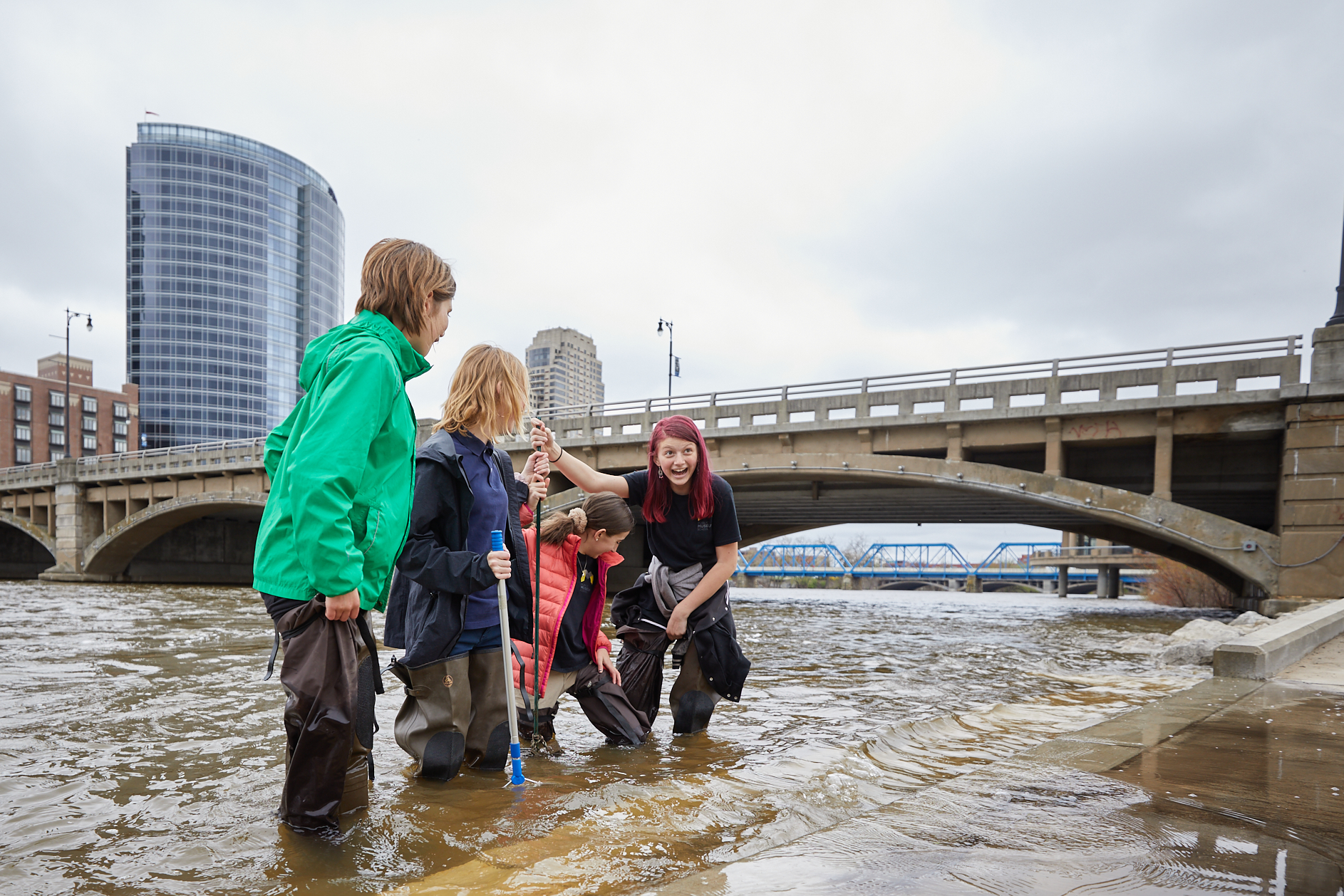
Caring, trusting relationships
Students at GRPMS say their relationships with their teachers and peers empower them to become a committed cohort of lifelong learners. In both academic and advisory courses, students say teachers listen intently, identifying their needs and how to support them best. Teachers help students explore Grand Rapids’ diverse art, culture, and history, allowing them to see themselves as part of a bigger community. Teachers also reinforce a sense of belonging within the school by creating learning showcases, where students share what and how they’ve learned together within their cohorts.
Youth voice and choice
While students choose many of their projects, the staff at GRPMS created “Flex Fridays” for more personalization. Students create and sign up for academic and social clubs, interest-based workshops, and community-building experiences on flex days. In addition, teachers structure academic tutoring sessions and dedicated project time so students can get more support and explore deeper interests alongside their peers
Smart use of time, space, and tech
Whether in the Great Hall, where students converge and eat, or in the upstairs customizable classroom spaces, GRPMS offers a flexible learning environment in a building originally designed as a museum. Teachers use co-teaching strategies through the integrated, thematic curriculum to support all learners and deepen their understanding. They will often swap spaces and lessons so students see how academic content is connected—optimizing and leaning more into individual educators’ areas of expertise. GRPMS leaders also created several in-house technology solutions to support and adapt scheduling, assessing, and reporting as the school’s design evolves and grows.
Community partnerships
The school’s downtown location enables students to easily visit the local YMCA and city parks for physical education, use the nearby public library, and work with community partners and collaborators all over the city—including universities, non-profit groups, scientists, and artists. Through a partnership with neighborhood shelters, 9th graders worked to develop art projects with “clients” who access social services. Projects connect current local events to historical issues like the role of government, poverty, and equity. Students can also take classes at Kendall College of Art and Design, Grand Rapids Community College, and Grand Valley State University—all within walking distance.
XQ Resources in Action
Grand Rapids Public Museum School integrates the XQ Learner Outcomes and Competencies to better prepare students to thrive in today’s complex and rapidly changing world. Instead of measuring student performance with seat time and test scores alone, educators can support students across different skill sets: academic knowledge, cognitive and social-emotional capacities, and real-world skills such as networking and financial literacy.
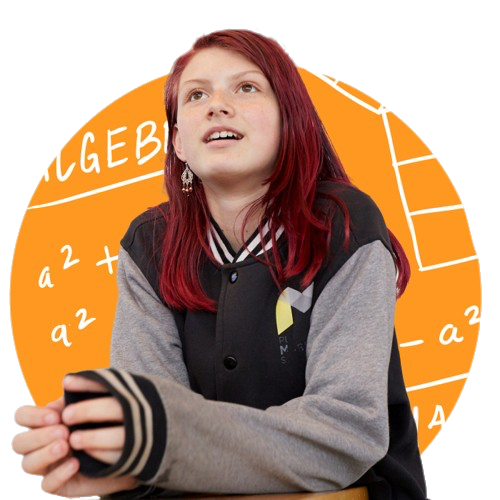
Student Outcomes
In 2022, the Grand Rapids Public Museum school posted a graduation rate of 86 percent, which was above the rate for the district and state (81 percent for both), according to Michigan’s state Department of Education.
More than two-thirds of GRPMS students (67 percent) met the SAT’s college-ready benchmark for Evidence-Based Reading and Writing in 2021, when the Class of 2022 was 11th graders, far outpacing the Grand Rapids district’s rate of 40 percent and well above the statewide rate of 57 percent. The same pattern held on the state’s 11th-grade social studies and science assessments.
The GRPMS class of 2022 had double the combined proficiency rate across all state assessments compared with students in 23 “similar high schools” identified by the Michigan Department of Education (42 versus 21 percent).
In addition, 56 percent of 2022 graduates earned college credits during high school.
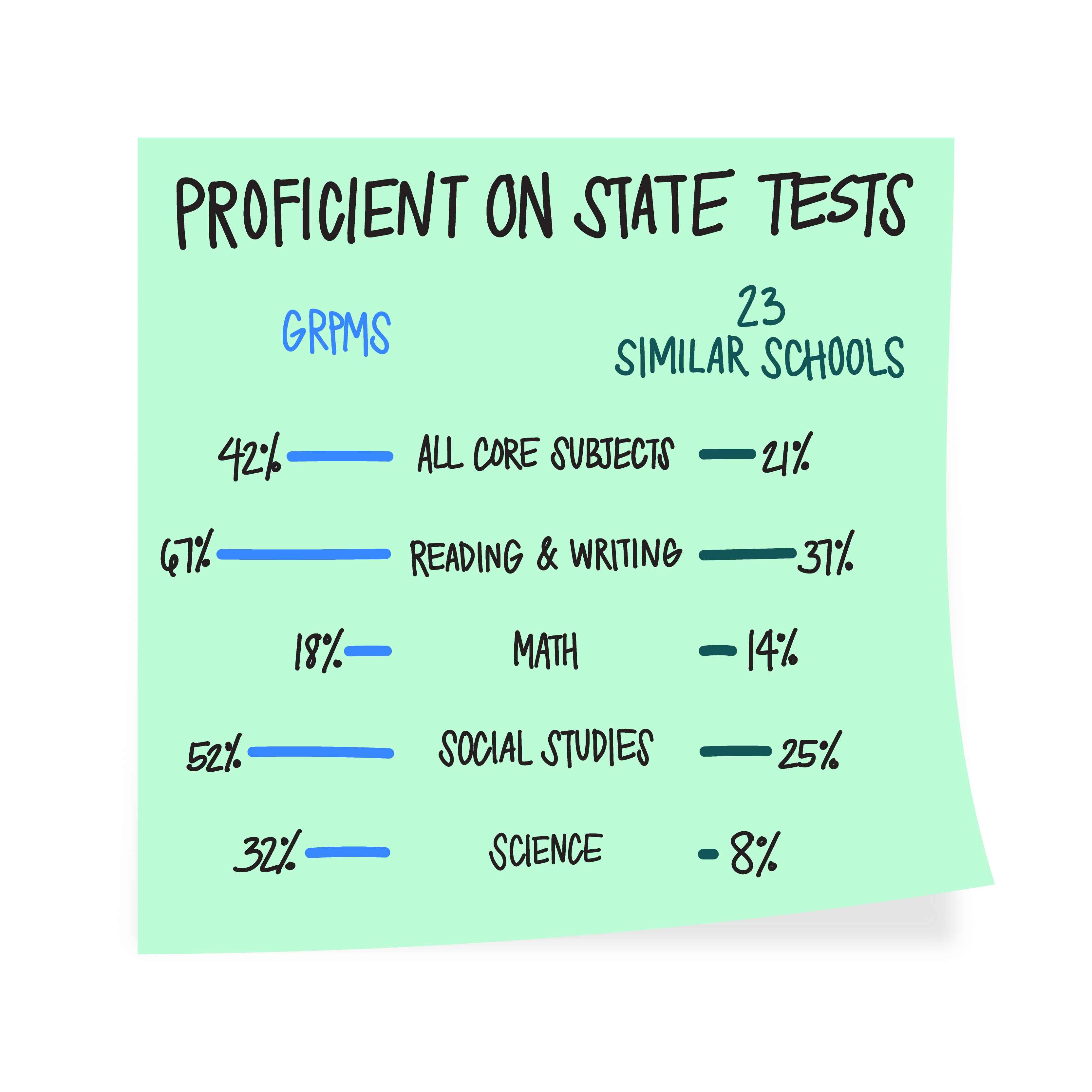
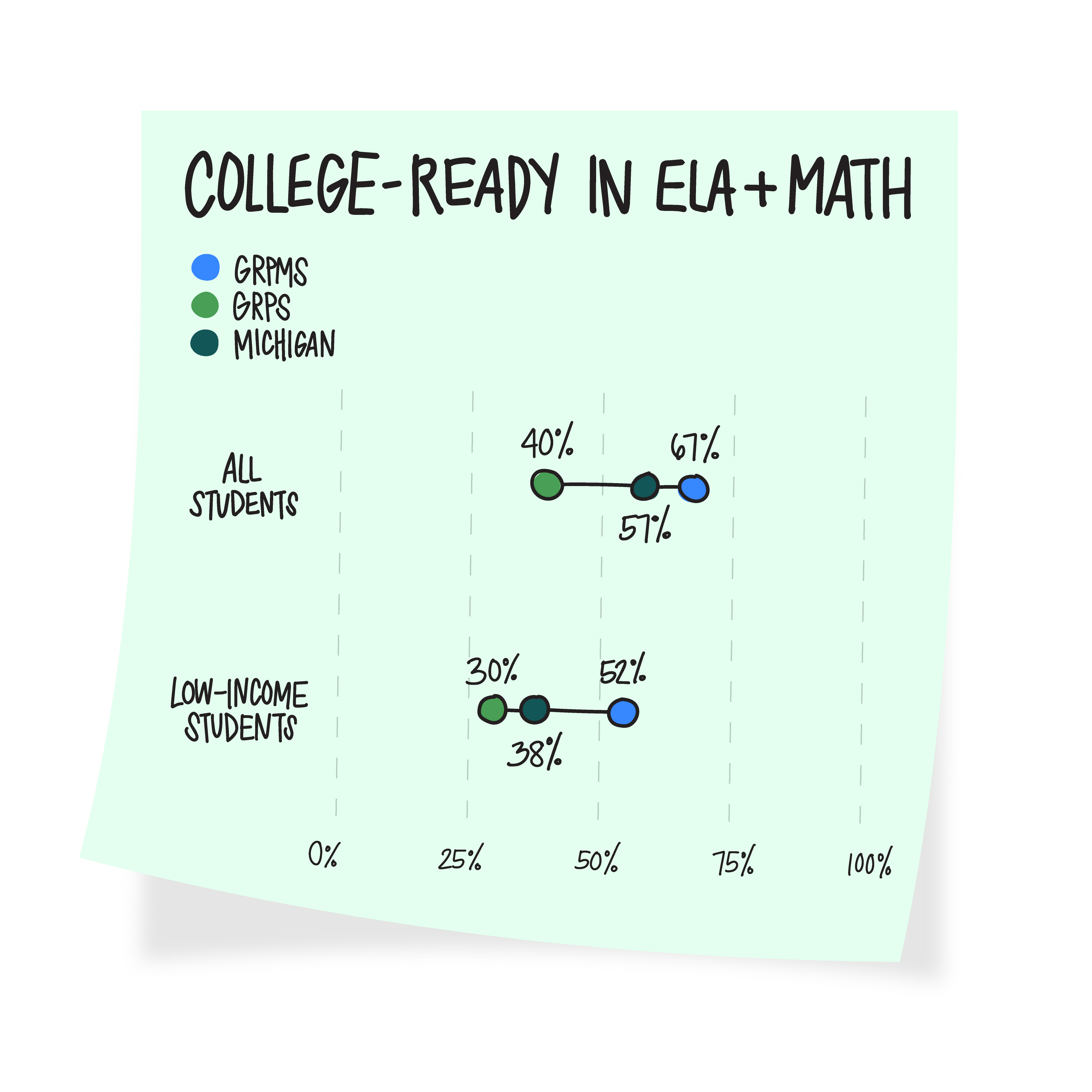
Learn More
See GRPMS- Michigan Teens, Schooled in an Old Museum Without Classrooms, Eclipse Status Quo
- 10 Cool & Powerful Ways to Inspire Teens to Self-Start, Learn in the Real World
- To Prepare for the Future, This Michigan High School Turns to the Past
- This High School Uses Community Partnerships to Bring History to Life
- Design Thinking, City as Classroom, Museum as Homebase
